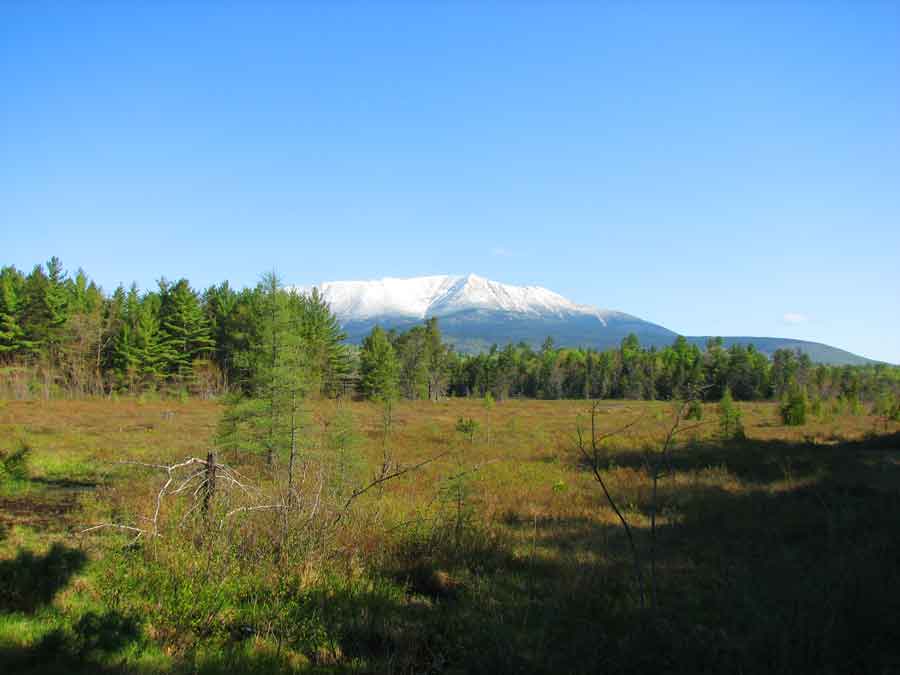
The North Maine Woods is a unique birding experience. The region west of Baxter State Park and north of Moosehead Lake is comprised of 3,500,000 acres, managed by North Maine Woods, Inc. (NMW) – a non-profit association of landowners and managers formed to oversee recreational use. Birders who venture into this region are participating in a centuries old tradition of public access on private lands, and must recognize this is an industrial forest, and respect its rules. The association charges small fees for day and overnight use to fund recreation management and campsite maintenance.
The North Maine Woods region is not a wilderness. It is a working forest, crisscrossed by logging roads, which provide access to incredible remote places. Its lakes and rivers are undeveloped, save for a few sporting camps. This is moose and bear country, and the area is astonishingly rich in birds. Understanding the habitat types and characteristic foliage is an important key to birding the North Maine Woods.
Spruce trees are the key indicators for finding target boreal species, especially stands of disturbed black spruce, which is preferred by the uncommon black-backed woodpeckers and rare American three-toed woodpeckers. Canada jays glide between tall spruces, while boreal chickadees gravitate to the lower, thicker stands of spruce and balsam fir. Ruffed grouse inhabit dense, mixed forest while spruce grouse are specialists of spruce thickets. Olive-sided flycatchers populate areas opened by logging while yellow-bellied flycatchers occupy boggy areas. Look for mourning warblers and common yellowthroats in early succession brambles. In the next stages of forest regeneration, chestnut-sided warblers, Nashville warblers, and American redstarts are abundant. As stands mature, black-throated blue warblers move into the birches and beeches. Bay-breasted, Wilson’s and Tennessee warblers inhabit the more coniferous stands. On an average day of birding, at least 16 warbler species are likely to be encountered.
There are two distinct sections of the North Maine Woods. The bulk of these lands lie north of Moosehead Lake. Another section between Millinocket and Greenville is managed separately, and is called the Jo-Mary/Katahdin Ironworks Area. Both areas are rich in sporting camps, some over a century old. These traditional camps are invariably remote, and range in amenities from rustic to elegant. Many have their own private trail systems and access to spots hidden away from the rest of the world. Long treasured by hunters and anglers, birders have recently begun to appreciate their total solitude.
Caution: When traveling these gravel roads, it is vital to remember that they were built for hauling logs. Normal rules of the road do not apply here. Logging trucks have the right of way at all times, and they are often heavily loaded and moving fast. Move well to the side to allow them to pass and pull off the road completely when stopping. Motorcycles and bicycles are not permitted beyond the staffed checkpoint gates, even if they are strapped to the outside of a vehicle. Services in Maine’s working forest are few and far between, if available at all. Do not expect cell phone service. Bring a spare tire, or two. Signage along this road network is irregular and sometimes confusing. Maps are available at checkpoints.

